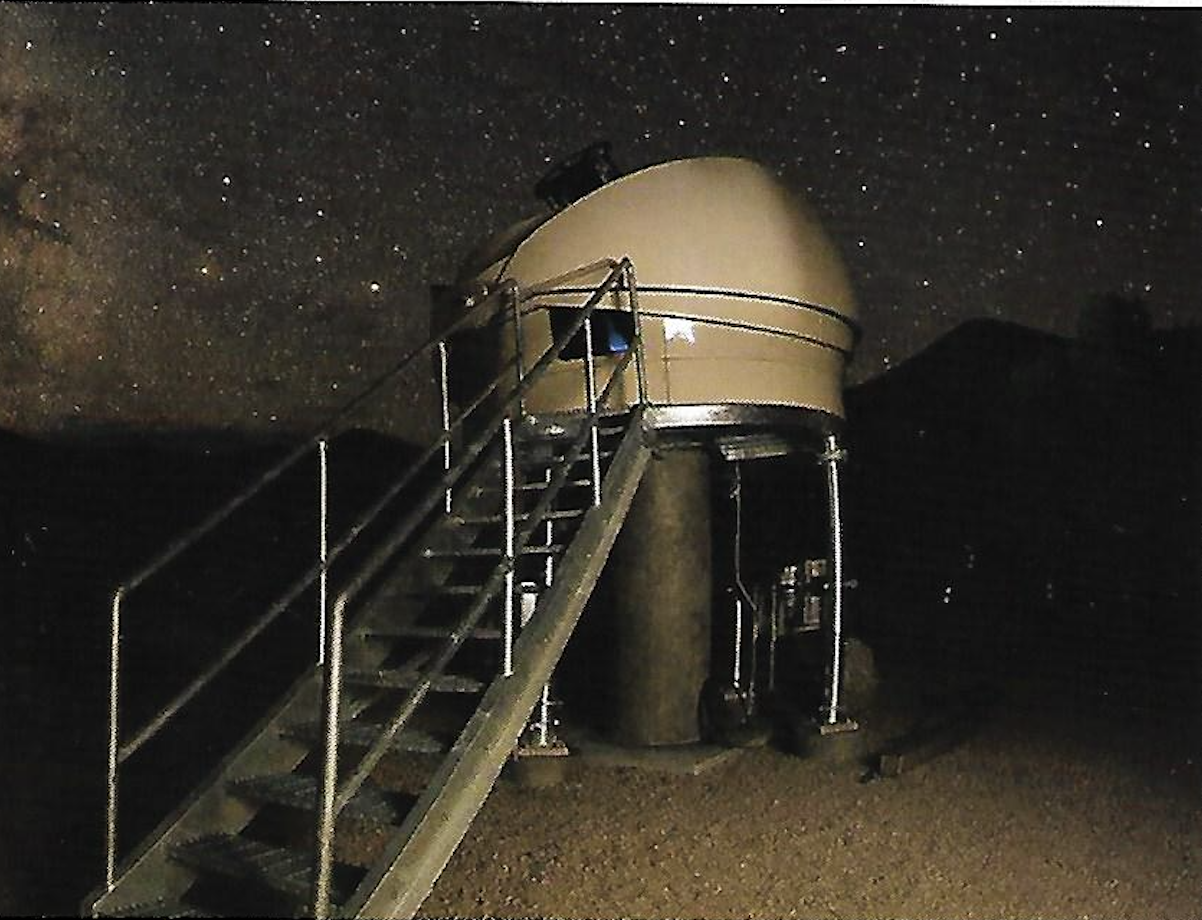
For the first time, a research-quality astronomical observatory has been established in a U.S. National Park, and CUI's efforts were crucial to making it happen.
The observatory, in Great Basin National Park in Nevada, sits" in the middle of nowhere in this incredible dark-sky location." says John Kenney, CUI professor of chemistry and chemical physics, who wrote one of the key grants that made the project possible. "I can sit at my desk at Concordia, open the dome, point that telescope at something and take data. Almost from the beginning we were taking spectacular images of galaxies. The color and clarity were just breathtaking."
Four other institutions - Western Nevada College in Carson City, the University of Nevada at Reno, Southern Utah University in Cedar City, and the Great Basin National Park Foundation-partnered in the endeavor.
Located at 7,000 feet in elevation, the Great Basin observatory offers skies that are very clear, very dark, and contain little humidity. It supplements CUI's on-campus telescopes which were purchased in 2014 with a $500,000 grant from the W. M. Keck Foundation of Los Angeles.
"[The Great Basin observatory] gives us a whole new range and domain where we can ferret out details we simply couldn't on campus," says Kenney. "It greatly complements and extends what we did with the Keck grant and the wonderful telescopes we have on campus."
The Keck grant put CUI's astronomy efforts on the map, and is the reason Kenney got a call from the Great Basin National Park Foundation asking for help in writing a grant to set up a telescope. Kenney, a native of nearby Reno, Nevada, knew the potential in the park, and the grant he led in writing brought the final $100,000 needed to build the observatory.
More exciting to Kenney is that five CUI undergraduates took the first data from the observatory to result in published research. They mapped the orbits of a pair of binary starsthat is, stars that orbit one another. Their research was accepted last year for publication by the Journal of Double Star Observations.
"They worked pretty intensely for a good period of the summer on this," Kenney says. "First publication is really a challenge. This adds to a big body of research."
Cul continues to offer courses in planetary and stellar astronomy in its physics degree program. Now, from the comfort of campus, students can open the Great Basin observatory's clamshell dome, point the telescope with its 29-inch-diameter mirror wherever they wish and observe more than ever.
Article appeared in: CUI MAGAZINE SPRING 2018
